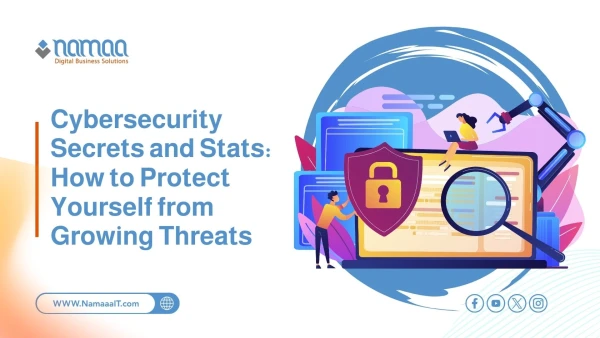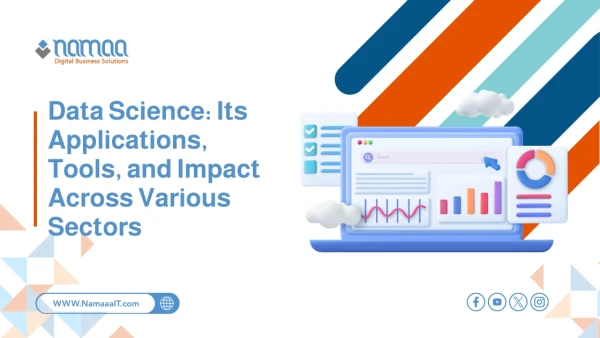When a user opens a malicious link or downloads an infected file, the malware begins executing harmful commands on the infected device. It may encrypt files (as in the case of ransomware) or collect sensitive information such as passwords or banking details. Preventing malware infections requires using strong antivirus software, avoiding suspicious links, and keeping the system regularly updated.
Trojan Horses
Trojan horses are a type of malware that disguises itself as legitimate software or harmless files to trick users into downloading or opening them. Once executed, Trojans carry out malicious commands without the user's knowledge. Unlike viruses and worms, Trojans do not spread automatically over networks but rely on user execution.
Trojans can perform various harmful activities such as stealing passwords, collecting personal data, remotely controlling the computer, or even downloading other types of malware. Preventing this type of threat requires caution when downloading software or opening email attachments.
Ransomware Attacks
Ransomware attacks are among the most dangerous cybersecurity threats in recent years. In these attacks, a hacker installs malicious software on a computer or system that encrypts the stored data. The attacker then demands a ransom (usually in cryptocurrency such as Bitcoin) in exchange for a decryption key to restore access to the data.
Ransomware attacks can severely disrupt business operations and cause substantial financial losses due to data loss or operational downtime. In some cases, victims may not recover their data even after paying the ransom. To prevent such attacks, it’s essential to regularly back up data, use advanced anti-ransomware solutions, and avoid opening suspicious links or attachments.
Distributed Denial of Service (DDoS) Attacks
DDoS attacks aim to disable a service by overwhelming a server or network with massive traffic, making it unable to handle legitimate requests. These attacks are often carried out using networks of malware-infected devices, known as botnets.
They typically target websites or servers of major corporations and can cause prolonged downtime and financial losses. Preventing DDoS attacks requires advanced techniques like dedicated DDoS firewalls, protection services, and traffic management strategies.
Hacking
Hacking involves unauthorized access to computer systems or networks. Hackers use various methods to bypass security barriers such as passwords or authentication systems. These attacks may be conducted for stealing sensitive data, damaging systems, or using compromised systems to launch further attacks.
Hackers often use advanced techniques like social engineering to manipulate users or exploit software vulnerabilities. The best protection methods include using strong passwords, regularly updating systems, and applying advanced security measures like two-factor authentication.
Social Engineering
Social engineering is a tactic used by attackers to exploit users’ trust or ignorance to trick them into revealing sensitive information. These attacks may involve phishing emails asking users to enter personal details or manipulating employees to give attackers access to systems or data.
Preventing social engineering attacks is crucial and requires training employees to recognize suspicious messages and implementing security policies like double-checking requests for sensitive information.
Core Cybersecurity Tools and Techniques
Cybersecurity tools and techniques are foundational for protecting systems and networks from increasing digital threats. One of the most essential tools is antivirus software, which detects and blocks viruses and malware. Popular examples include Norton Antivirus and McAfee, which help protect devices by using virus detection technologies and frequent database updates.
Additionally, firewalls are widely used to safeguard networks from attacks. Firewalls monitor data traffic between internal networks and the internet, blocking unauthorized access. Professionals commonly use solutions like Cisco ASA and Palo Alto Networks, which offer multiple layers of protection against threats such as unauthorized access or DDoS attacks.
Vulnerability scanners are also crucial in cybersecurity. These tools analyze systems to detect exploitable vulnerabilities. Well-known examples are Nessus and OpenVAS, which scan systems and networks to identify risks before attackers can exploit them.
Professionals also rely on encryption tools to secure sensitive data during transmission or storage. Encryption ensures data remains unreadable if intercepted. Popular encryption tools include VeraCrypt and Microsoft BitLocker for encrypting drives and important files. TLS (Transport Layer Security) is also widely used to secure online communications, especially on websites.
For network analysis, tools like Wireshark and SolarWinds are common. These help analyze network traffic and detect intrusions or abnormal activity. Wireshark, for instance, is an open-source tool that lets cybersecurity experts closely examine data transmissions to detect attacks or data leaks.
Finally, two-factor authentication (2FA) is essential for securing digital accounts. It adds an extra layer of protection by requiring a verification code sent to the user’s device after entering a password. Tools like Google Authenticator and Authy generate verification codes that secure online accounts. This way, even if a password is compromised, unauthorized access is still prevented, enhancing the security of personal and sensitive information.
Summary:
✅ Cybersecurity Defined: Cybersecurity involves protecting systems, networks, and data from digital attacks. Global cybercrime is estimated to cost $6 trillion annually (Cybersecurity Ventures, 2021).
✅ Importance of Cybersecurity: 95% of large global companies focus on improving cybersecurity to prevent data breaches and attacks (PwC Report).
✅ Types of Cyber Threats: Over 350,000 new types of malware are discovered daily worldwide (McAfee Report, 2020).
✅ Essential Cybersecurity Tools: 72% of companies use firewalls as a basic security measure (Gartner Report).
✅ Career Specialization in Cybersecurity: About 3.5 million cybersecurity jobs go unfilled annually due to a skills shortage ((ISC)² Report, 2021).
✅ Cybersecurity History: Cybersecurity emerged in the 1970s, with the first major cyberattack occurring in 1988 (Morris Worm).
✅ Cybersecurity in Business: 60% of small and medium-sized businesses shut down within six months of a cyberattack (National Cyber Security Alliance Study).

.webp)






 A Complete Guide to Increasing User Reach (2).webp)
